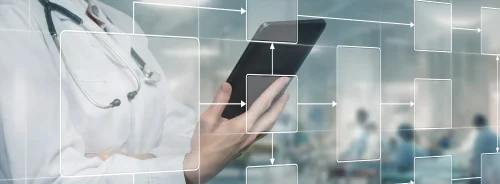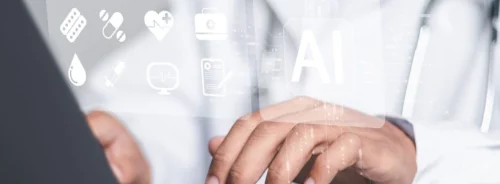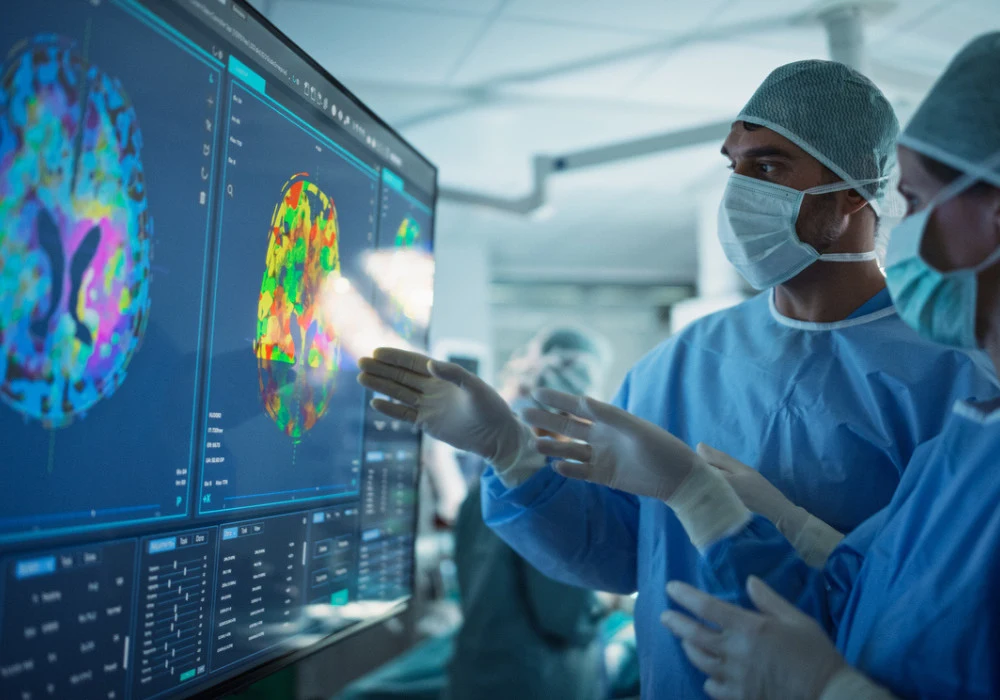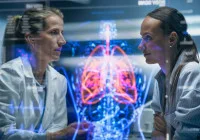Multimodal generative artificial intelligence is opening new frontiers in healthcare, particularly in the interpretation of complex medical imaging. While current AI tools already assist clinicians with electronic health records and basic image recognition, advanced vision-language generative models promise to transform how 3D medical images and medical videos are processed. These models, originally designed for natural video understanding, can be adapted to the unique challenges of medical imaging to enhance diagnosis, documentation and education. A recent study explored the application of video-text generative AI to CT, MRI, endoscopy and laparoscopy by leveraging similarities with video data, while addressing the distinct features and complexities of medical content.
Reimagining Medical Imaging as Video Data
To adapt video-text AI models to medical imaging, a core strategy is to convert stacks of 3D tomographic slices into continuous videos. Grayscale DICOM images are transformed into RGB and concatenated along a synthetic time axis, allowing the AI to treat the data as it would a conventional video. This approach capitalises on recent advances that enable models to handle thousands of frames simultaneously, making it possible to analyse an entire scan or multiple exams in one sequence.
This method allows the AI to process various image windows, sequences and contrast phases, addressing challenges like patient respiration-induced artefacts and inconsistent scan ranges across sequences. It also facilitates the inclusion of multimodal inputs, such as CT and X-ray images alongside MRI, enabling a more holistic diagnostic view. This transformation from static image stacks to dynamic video streams lays the foundation for using modern generative models to generate reports, compare longitudinal studies and integrate data from different imaging modalities within a unified analytical framework.
Synergistic Information, Metadata and World Models
Medical images and videos are inherently more complex than standard visual data, characterised by unique features such as self-multimodality and the presence of synergistic information across sequences or imaging phases. For instance, a CT scan might require multiple phases—arterial and portal venous—to reveal different aspects of liver pathology, while MRI involves diverse pulse sequences. Likewise, medical videos often include narrow-band or red dichromatic imaging and can combine modalities such as ultrasound and fluoroscopy during a single procedure. These elements require the AI to process layered, interdependent visual inputs simultaneously.
Must Read: GPT-4 vs. Gemini in Cancer Imaging Analysis
Metadata plays a critical role in accurate interpretation. Details like pulse sequence in MRI or endoscopic procedure phases determine clinical relevance and orientation. Even basic patient information, such as age and demographic background, can significantly influence diagnosis. Furthermore, understanding anatomical orientation in medical videos demands a different cognitive model compared to traditional videos, as endoscopic perspectives are often counterintuitive due to curvature, magnification and rotation.
To manage this complexity, AI systems must build advanced "world models" that incorporate connectivity, causality and spatial uniqueness. Unlike regular video frames, where repetition is common, 3D medical images present a unique anatomy along the z-axis. Successful interpretation thus hinges on the model's ability to reason across frames, integrate metadata and distinguish subtle but critical variations in structure and sequence.
Clinical Applications and Future Outlook
The integration of video-text generative AI into medical workflows offers significant benefits. Automated report generation for 3D imaging and videos can streamline documentation, enhance emergency triage and reduce clinician workload. During procedures, real-time AI guidance can assist in decision-making—such as determining when to biopsy a lesion—by highlighting areas of concern and providing context-sensitive recommendations.
Beyond diagnostics, video-text AI enables powerful retrieval tools that can match cases based on textual descriptions or visual patterns, aiding in rare disease identification and interdisciplinary communication. In education, these models can generate synthetic medical videos and annotated simulations from textual prompts, offering privacy-preserving training materials for clinicians at all levels.
However, several challenges remain. A major limitation is the scarcity of comprehensive, high-quality open-source datasets for 3D images and medical videos. Privacy concerns related to identifiable 3D reconstructions and multi-timepoint exams further complicate dataset development. Moreover, current vision-language models are not yet fully equipped to handle multi-phase or sequence-integrated data, and benchmarks for assessing their interpretative capabilities are lacking.
To address these gaps, the use of dense captioning for report generation, organ-specific masking during training and self-supervised learning techniques are recommended. Combining video and text pretraining with fine-tuning on medical data can help overcome data scarcity. Additionally, the development of reasoning-specific training sets—derived from detailed clinical reports—could significantly improve the models’ interpretive precision.
Video-text generative AI represents a transformative opportunity in the interpretation of 3D medical images and videos. By reconceptualising these data types as dynamic, multimodal sequences and by integrating metadata and clinical context, these models can improve diagnostic accuracy, clinician communication and medical education. Realising this potential, however, requires focused investment in dataset development, privacy-preserving data sharing and training methodologies tailored to the unique demands of medical content. With continued research and infrastructure support, generative AI could become a foundational tool in modern healthcare.
Source: npj digital medicine
Image Credit: iStock










